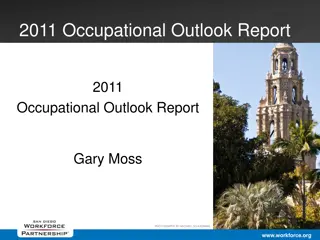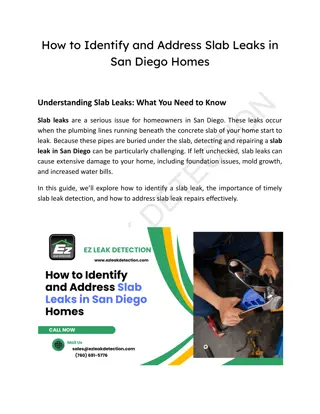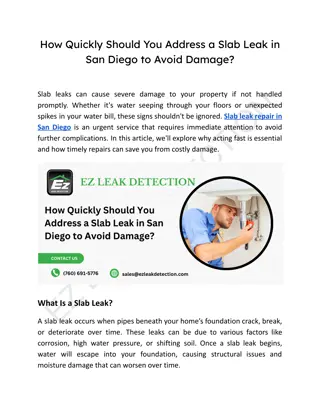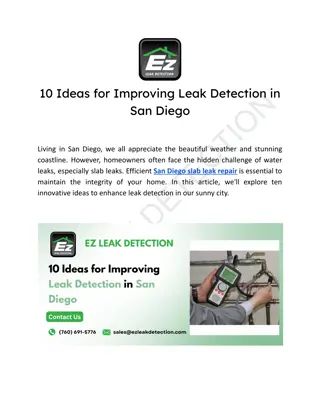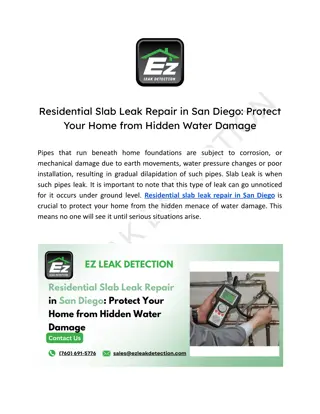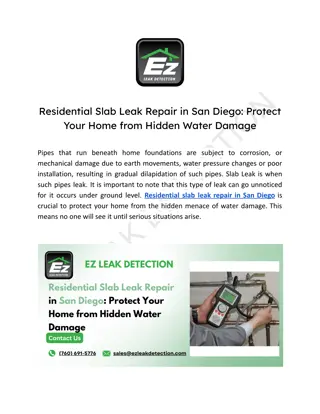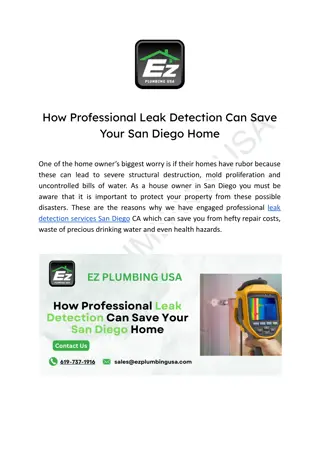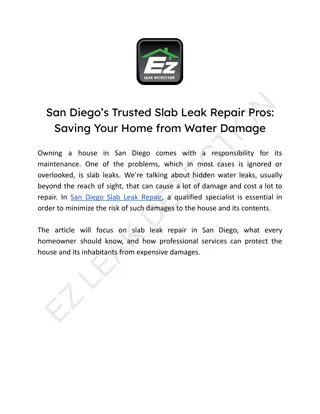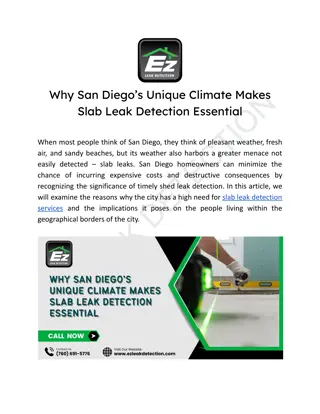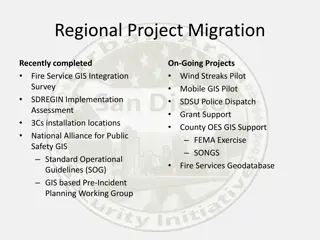San Diego Police Department Smart Streetlights Technology Update
San Diego Police Department initiated a Smart Streetlights technology upgrade in 2016 but faced concerns leading to a project suspension. The project included sensors and data collection for public use. The proposed technology refresh aligns with Surveillance Ordinance guidelines, integrating video cameras and ALPR technology. Community outreach is planned to discuss the impact of new Smart Streetlight placements on criminal investigations.
Download Presentation

Please find below an Image/Link to download the presentation.
The content on the website is provided AS IS for your information and personal use only. It may not be sold, licensed, or shared on other websites without obtaining consent from the author. Download presentation by click this link. If you encounter any issues during the download, it is possible that the publisher has removed the file from their server.
E N D
Presentation Transcript
San Diego Police Department Technology Refresh Smart Streetlights
Resources: This presentation and other support materials can be found online. Scan the Code or visit: www.sandiego.gov/police/technology
Background On December 13, 2016, San Diego decided to upgrade its infrastructure with Smart Streetlights. Cost benefits were anticipated through an LED retrofit of 8,000 lights and 4,200 Smart Streetlight sensors and data collection for City planning and public use. Smart Streetlight deployment raised concerns over: Data collection and ownership. Limited program oversight. Lack of transparency and community engagement. Technology capabilities, their use, and privacy rights. These concerns led to a suspension of the project and the enactment of a Surveillance Ordinance that included: Mandatory community engagement. A Privacy Advisory Board (PAB). The ordinance regulates the acquisition, use, funding, storage, and sharing of information from surveillance technologies.
Technology Refresh - Smart Streetlights Smart Streetlights have significant public safety benefits. The San Diego Police Department proposes to refresh the technology per the Surveillance Ordinance guidelines, including video cameras and Automated License Plate Recognition (ALPR) technology in Smart Streetlights. 3,200 Smart Streetlight sensors were deployed in the City before the program was suspended. Direct access to them was discontinued in Sept. 2020, as was maintenance. As a result, they can no longer be reactivated.
Technology Placement Smart Streetlights were initially installed in locations throughout the entire City of San Diego as directed by the Environmental Services Department. Deployment of this new combined technology would replace existing Smart Streetlight sensors and be added to areas identified by SDPD s investigative units and crime analysis team to detect, deter, and prosecute crime. The first 500 planned locations for deploying new Smart Streetlights with video cameras and ALPR technology can be viewed on SDPD s webpage. Proposed ALPR/Smart Streetlight Locations (link) The Department will conduct community outreach to discuss planned locations and encourage input regarding the initially proposed Smart Streetlight placement, their potential impact, and future technology deployments.
Smart Streetlight Impact on Criminal Investigations Smart Streetlights enabled the Department to enhance criminal investigations and achieve numerous benefits. Case Breakdown 400 Investigated Cases (August 2018 September 2020) Homicide or Attempt (56) Serious Injury Collision (43) Felony Hit and Run (26) Carjacking (10) Suspicious Death (5) Pursuit (4) Reported Gun Shots (2) Indecent Exposure (2) Child Abuse (1) Robbery/Burglary (55) Looting/Civil Unrest (35) Felony Vandalism (22) Kidnap or Attempt (7) Felony DUI (5) Resisting Arrest/Violence (3) Felony Assault (2) Security Threat (1) Evading (1) Assault with Weapon (Felony) (53) Fatal Collision (32) Sex Crimes (19) Arson (6) Officer Involved Shooting (5) Hate Crimes (3) In-Custody Death (1) Felony DV (1) Benefits Increased Conviction Rate Increased plea bargain over trial Time saved from incident to prosecution Reduced gun violence Reduced investigation costs Improved cost recovery Reduced police department lawsuits Cost savings from reduced crime
Smart Streetlights Privacy Masking Before Masking Video cameras record crimes in public places, principally streets and sidewalks, where no expectation of privacy exists. Masking ensures the protection of areas where persons should expect privacy. Each camera will be individually masked to protect the citizens privacy rights as needed. After Masking Video cameras are overwritten after 15 days. Facial recognition is not used with this technology.
Automated License Plate Readers (ALPR) ALPR Provides Objective, real-time and investigative leads. Vehicle details and a license plate. Indiscriminate evidence from fixed locations. Proactive: Real-Time Alerts when Stolen or Wanted Vehicles enter San Diego. Plate: BTO 864 Make: Mazda Investigative: As clearance rates increase, crime rates decrease. Color: Gray Last Visit: 4:19 PM EDT Deterrence: The presence of ALPR cameras alone acts as a deterrent. Seen: 7 of 30 Days
ALPR Crime Detection and Investigation Detect Crime Access Evidence Filter search by specific camera location. Connected to the NCIC Hot List & CJIS compliant. Capture vehicles regardless of plate type (paper, plate, etc.). no State detection to ensure quality alerts. Hotlist alerts (includes privately owned cameras in jurisdiction). Search results with vehicle summary in multiple formats. Create custom alerts for tags under investigation. Filter by Vehicle Fingerprint. Filter notifications by reason codes (exclude sex offenders, include stolen plates, etc.). Date and time. Vehicle Characteristics. Email and SMS alerts to users. Plate (partial/full). Audible and visual alerts. Plate Type (in state, out of state, temporary tag). Build & Color. Location/Date/Time.
ALPR Ethical and Privacy Considerations ALPR Data What ALPR is not NOT used for random searches. Search reason is required for audit trail. Data owned by the City. 30-day data retention, then deleted. NOT predictive policing. Short retention period ensures that all data not associated with a crime is automatically deleted & unrecoverable. NOT facial recognition. NO Personal Identifiable Information is contained in ALPR. Removes bias from crime-fighting by detecting objective data from events that are objectively illegal (ex. Stolen vehicles). NOT used for traffic enforcement. NOT connected to registration data or 3rd party databases (Carfax, DMV). All data will be stored securely in the AWS Government Cloud, with end-to-end AES-256 encryption.
ALPR Success Stories Kidnapping A male subject attempted to grab a female in a business parking lot. Video surveillance captured the subject and his vehicle. Detectives used video footage to determine the suspect vehicle s make, model, and year range. A query of the ALPR system provided sufficient information to confirm the suspect vehicle and registration. The male was later identified. A records check revealed he had two prior arrests for sexual assaults. He was later located and arrested for the crime of kidnapping. Fatal Hit-and-Run Traffic Accident ALPR was used to identify the suspect vehicle that left the scene of a fatal traffic accident after hitting two people. The make and model of the vehicle were identified but not the license plate. The license plate and other supporting evidence were discovered by leveraging the ALPR system. After the crime, ALPR detection records showed significant damage to the suspect vehicle.
Accountability, Transparency, and Fairness Ethical Use: SDPD expressly prohibits the use of its technologies in a discriminatory manner and does not target protected individual characteristics, including age, skin color, race, ethnicity, national origin, pregnancy, citizenship, immigration status, religion, disability, gender or sexual orientation. It shall not harass, intimidate, or discriminate against any individual or group. Capabilities: Video from cameras and data collected from ALPR is recorded on a 24-hour basis. Gun shot detection software is not included in this deployment and will be addressed separately. Access: Access to this technology is achieved by utilizing specialized software programs. It is limited to individuals authorized by the Chief of Police who have been trained in the system s proper operation, associated legal issues, and requirements to respect privacy rights.
Accountability, Transparency, and Fairness Monitoring: The Department does not actively monitor video recorded by Smart Streetlights or data collected by ALPR. The Department s decision to view video footage or data is driven by many considerations, including the severity of reported crimes, the immediacy of threats to public safety, and the information needed to position resources and personnel during critical incidents. Video and ALPR Transparency Portal: A log entry that would reveal an ongoing investigation, or jeopardize public safety, would be withheld until this information could be safely released at the direction of the Chief of Police. A log is maintained by the Department and provided upon request to document when data from Smart Streetlight was retrieved. The logs record general information about the incident that was investigated. A transparency portal will be provided for the community to review ALPR activity.
Accountability, Transparency, and Fairness Storage and Retention All downloaded media evidence is stored in a secure area with access restricted to authorized persons by Department evidence procedures. All video footage not accessed for investigative purposes is overwritten after 15 days from the cloud and is not downloaded or archived. Release of Video Images All evidence collected is considered an investigative record for the Department and is for official use only. Requests for recorded video images from the public or the media shall be processed similarly to requests for Department public records. Requests for recorded images from other law enforcement agencies (e.g., San Diego County District Attorney's Office) shall be evaluated and released for a specific and legitimate law enforcement purpose.
Sample Cities with Surveillance Oversight and Technology Cities ALPR X X X X X X Public Cameras City of San Jose City of Oakland City of San Francisco City of Davis City of Vallejo City of Seattle City of Nashville X X
San Diego Safety Survey Zen City Crime and Tech Survey SDPD January February 2023
Conclusion Data from this technology will be owned exclusively by the city. Smart Streetlight technology with video cameras in public areas has proven to be an essential crime-fighting tool to enhance community safety. When combined with ALPR technology, Smart Streetlights provide law enforcement with another proven technology to provide leads, collect evidence of criminal activity, and successfully close cases in a very efficient and cost-effective manner. To sustain the viability of this technology within the Department, it must be managed in a way that establishes community support and promotes trust. SDPD s Procedure related to this technology will comply with Senate Bill 54, which focuses on law enforcement sharing of data, and Senate Bill 34, governing the use of data from ALPR. As feedback is provided and lessons are learned, Department procedures will be continually modified and updated.
Requested Information Unit Questions?
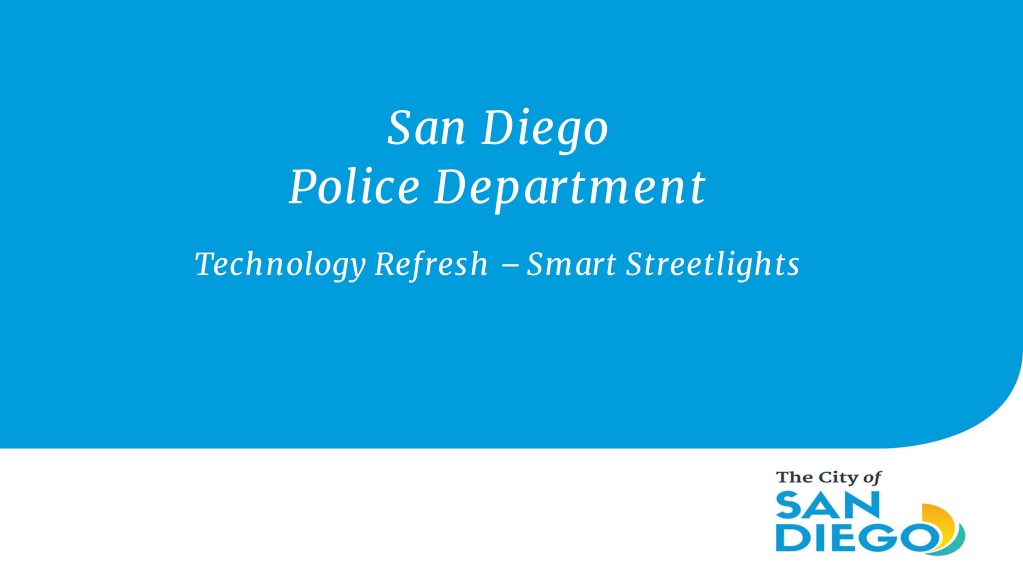

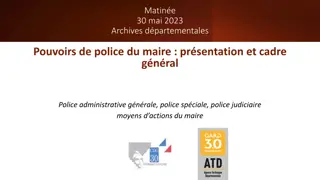
![(❤Read⚡) [✔PDF✔] The Best Travel Guide - San Diego: A Cicerone’s View of To](/thumb/68088/read-pdf-the-best-travel-guide-san-diego-a-cicerone-s-view-of-to.jpg)



